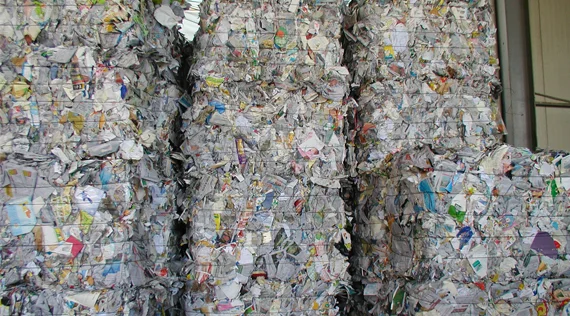
EDGWARE (Scrap Monster): The Confederation of European Paper Industries (CEPI) has launched revised paper for recycling quality control guidelines. The new guidelines are aimed at achieving greater harmonisation, improving the implementation of the EN 643 Standard and to facilitate commercial relationships between paper mills and paper for recycling suppliers.
According to new guidelines, description of the procedure of mutual agreement, standard terms and conditions (including baling and transport conditions) should be indicated as part of the general conditions for supplier approval. Training and education for employees from both sides with common background should be recommended. Quality controllers should be independent from the commercial department. Reference to the EN 643 Standard should be made by the contractors.
Paper for recycling buyers and suppliers should be aware of the quality control procedures and system used by the paper for recycling supplier and the paper mill before the first contract is signed between them. Information should be given through a delivery document by the suppliers to the buyers for every delivery to the paper mill.
Quality control procedures for recycling suppliers include implementation of visual controls and use of calibrated weighbridge. Quality control at paper mills consists of checking the grade as described in EN 643, the bale condition, the moisture content and the unwanted materials content.
There should always be an inspection which starts with an assessment that the load delivered is the correct EN643 grade as ordered and the presentation of the load is safe to enter the mill. The principle condition for the global inspection procedure is that inspection must be consistent with all loads checked upon arrival at the mill. The global inspection procedure includes visual inspection and, where possible, other objective measurements. Visual inspection consists of a visual evaluation of all loads by experienced staff.
| Copper Scrap View All | |
| Alternator | 0.31 (0) |
| #1 Copper Bare Bright | 3.65 (0.02) |
| Aluminum Scrap View All | |
| 356 Aluminum Wheels (Clean) | 0.71 (-0.01) |
| 6061 Extrusions | 0.62 (-0.01) |
| Steel Scrap View All | |
| #1 Bundle | 475.00 (0) |
| #1 Busheling | 495.00 (0) |
| Electronics Scrap View All | |